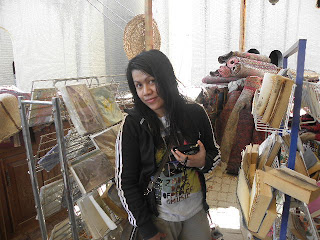Citadel of Arbil

The Citadel of Arbil (Arabic: قلعة أربيل; Kurdish: Qelay Hewlêr) is a tell or occupied mound, and the historical city centre of Arbil in Iraq. It has been claimed that the site is the oldest continuously inhabited town in the world.[1]
The earliest evidence for occupation of the citadel mound dates to the 5th millennium BC, and possibly earlier. It appears for the first time in historical sources during the Ur III period, and gained particular importance during the Neo-Assyrian period. During the Sassanian period and the Abbasid Caliphate, Arbil was an important centre for Christianity. After the Mongols captured the citadel in 1258, the importance of Arbil declined. During the 20th century, the urban structure was significantly modified, as a result of which a number of houses and public buildings were destroyed. In 2007, the High Commission for Erbil Citadel Revitalization (HCECR) was established to oversee the restoration of the citadel. In the same year, all inhabitants, except one family, were evicted from the citadel as part of a large restoration project. Since then,archaeological research and restoration works have been carried out at and around the tell by various international teams and in cooperation with local specialists. The government plans to have 50 families live in the citadel once it is renovated.
(excerpts from WIKIPEDIA)







Comments
Post a Comment